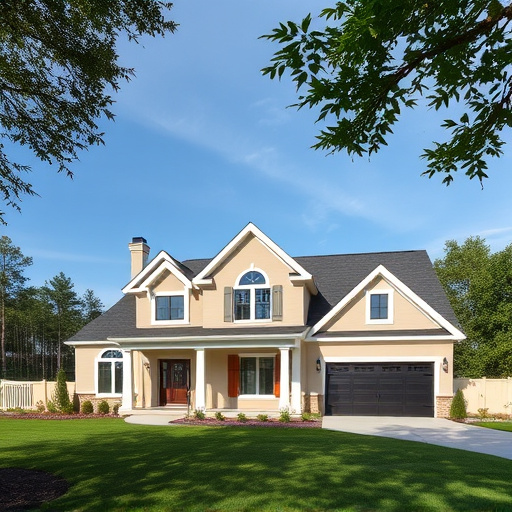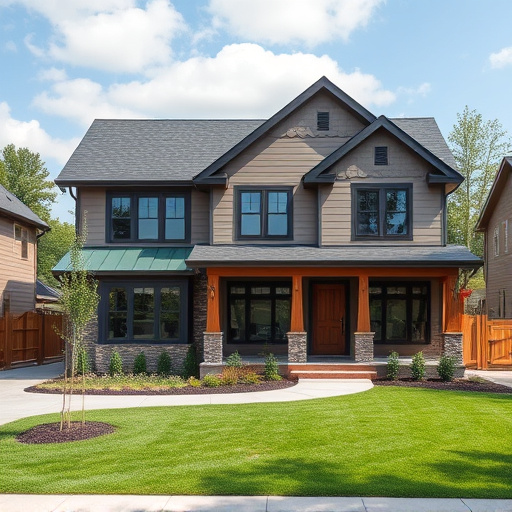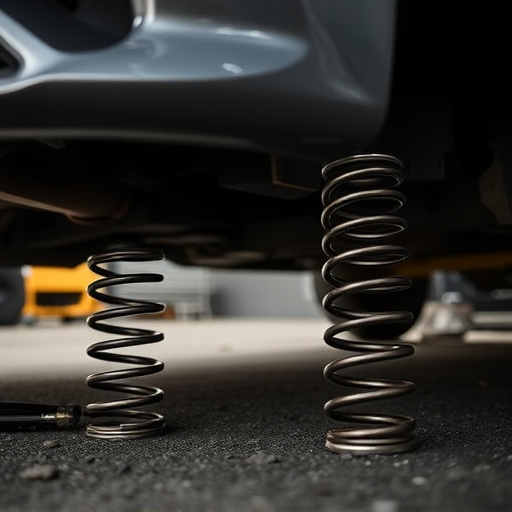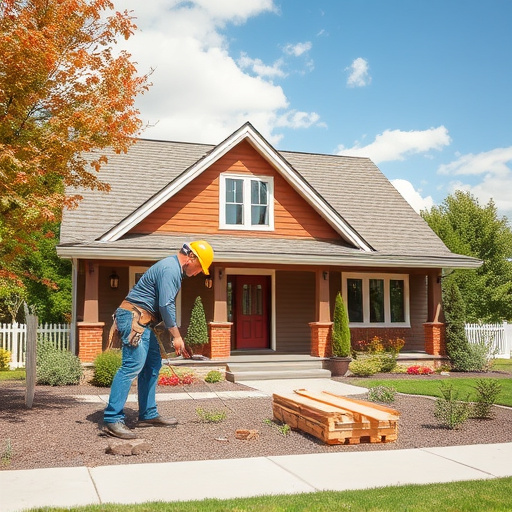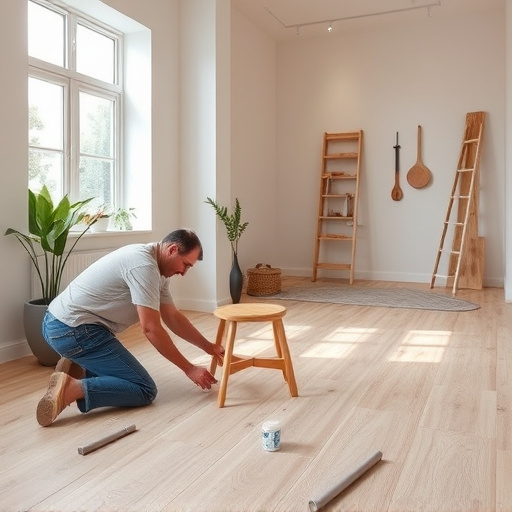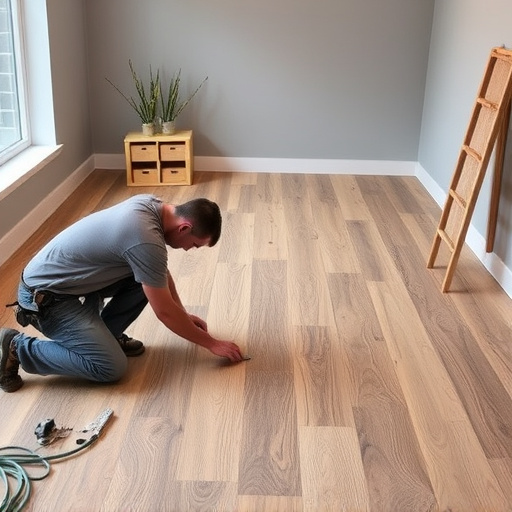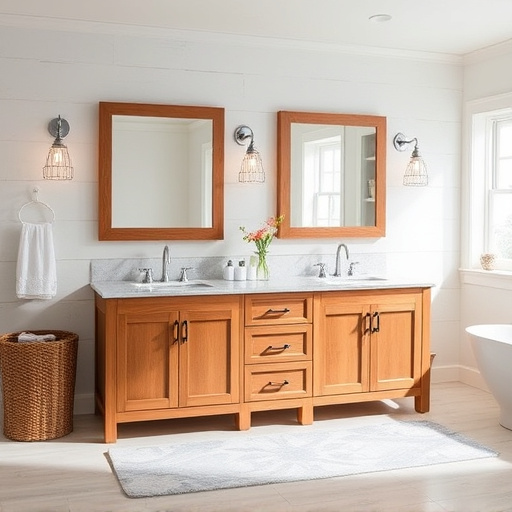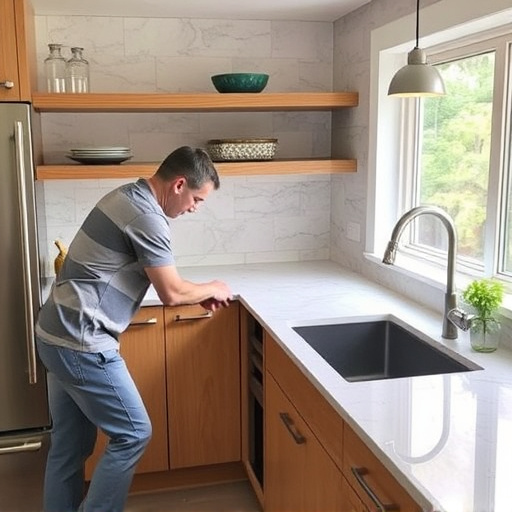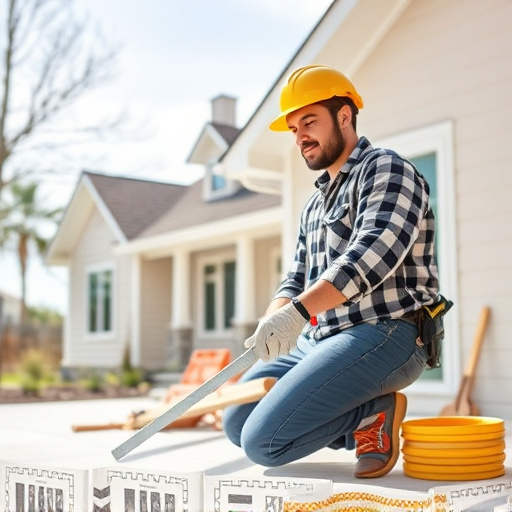When replacing floors in heated areas like kitchens and bathrooms, consider heat tolerance, aesthetics, compatibility with underfloor heating systems, and durability. Use waterproof and slip-resistant materials for high-moisture spaces, integrating with underfloor heating for efficiency and comfort while choosing durable options like porcelain tile or luxury vinyl planks to extend system life. For flooring replacement in these areas, focus on both functionality and longevity through expert advice and proper research tailored to each room's specific needs.
“When considering flooring replacement, especially in spaces with heated flooring systems, a thoughtful approach is essential. This article guides you through the process, from understanding the unique needs of these sophisticated systems to identifying crucial factors that influence flooring choices. We explore how to navigate the selection process for long-lasting and efficient solutions tailored to heated environments. Discover expert tips for a successful flooring replacement project.”
- Understanding Heated Flooring Systems and Their Unique Requirements
- Factors to Consider When Replacing Flooring in Heated Environments
- Choosing the Right Flooring Options for Longevity and Efficiency
Understanding Heated Flooring Systems and Their Unique Requirements
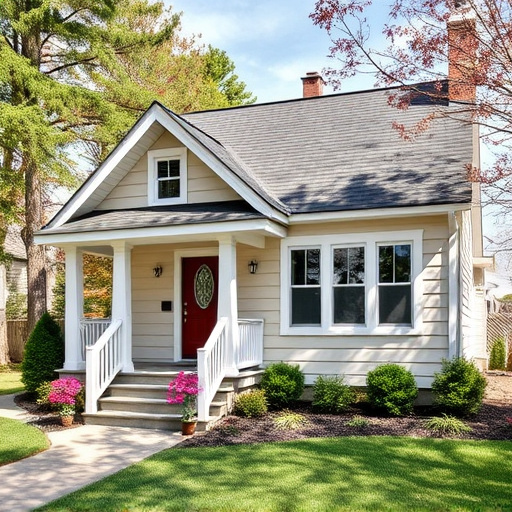
Heated flooring systems, a popular choice for many homeowners, offer both comfort and efficiency. These systems integrate heating elements into the floor itself, providing even heat distribution across the entire surface. However, when considering floor replacements, especially in areas like kitchen renovations or home additions, understanding the unique requirements of these heated floors is essential. The specific materials, installation methods, and maintenance practices for such systems differ significantly from traditional flooring types.
One key consideration is the selection of suitable flooring materials that can withstand direct contact with heating elements while ensuring optimal heat transfer. Additionally, proper insulation around the edges and underlayments are crucial to maintaining efficiency. For homeowners looking to replace or upgrade their heated floors, seeking expert advice is vital to ensure compatibility and preserve the system’s performance, especially when integrating new floors into existing heated flooring networks.
Factors to Consider When Replacing Flooring in Heated Environments
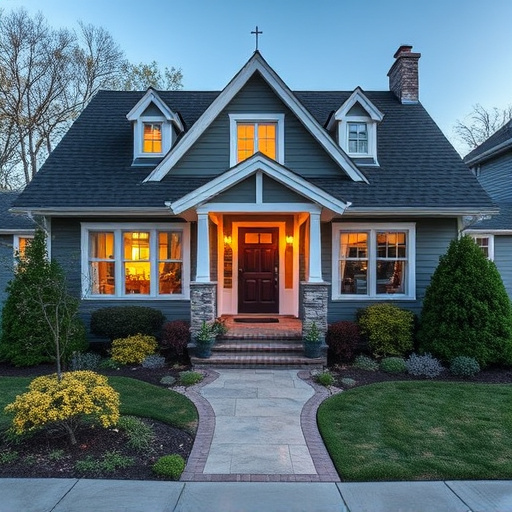
When replacing flooring in heated environments, such as kitchens or bathrooms, several key factors come into play. First, consider the heat tolerance of the new flooring material. Some options, like ceramic tile or engineered hardwood, are designed to withstand high temperatures and can be ideal for these spaces. Additionally, ensure the new flooring aligns with the aesthetic vision of your kitchen remodel or home additions while maintaining functionality in heated areas.
The compatibility with underfloor heating systems is another crucial aspect. Not all flooring types interact well with heated floors, so research is essential to prevent any damage or efficiency issues. Moreover, think about maintenance and durability; certain materials require more care and could be less suitable for high-traffic areas within your home additions or kitchen and bath renovations.
Choosing the Right Flooring Options for Longevity and Efficiency
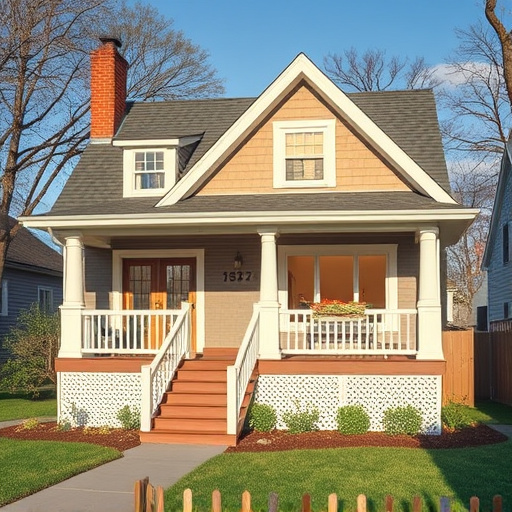
When considering flooring replacement for heated flooring systems, choosing the right materials is key to ensuring longevity and efficiency. Opting for durable and heat-resistant options can significantly extend the life of your heating system and minimize future repairs or replacements. For instance, porcelain tile or luxury vinyl planks are excellent choices as they withstand high temperatures and offer long-lasting durability, making them ideal for both residential and commercial floor replacements.
In functional spaces like bathrooms that often undergo bathroom remodel projects, selecting the right flooring is crucial. Waterproof and slip-resistant materials are essential to prevent accidents and damage. Additionally, considering underfloor heating compatibility ensures a seamless integration of your heated flooring system and chosen flooring options, enhancing overall efficiency and comfort in your space.
When replacing flooring in spaces with heated flooring systems, careful consideration is key. Understanding the unique requirements of these systems and choosing the right materials can ensure longevity, optimize efficiency, and maintain the overall integrity of the heated environment. By factoring in aspects like heat conductivity, moisture resistance, and thermal expansion, you can make informed decisions that cater to both functionality and aesthetics. This comprehensive approach to flooring replacement ensures a harmonious blend of comfort and performance in heated spaces.


